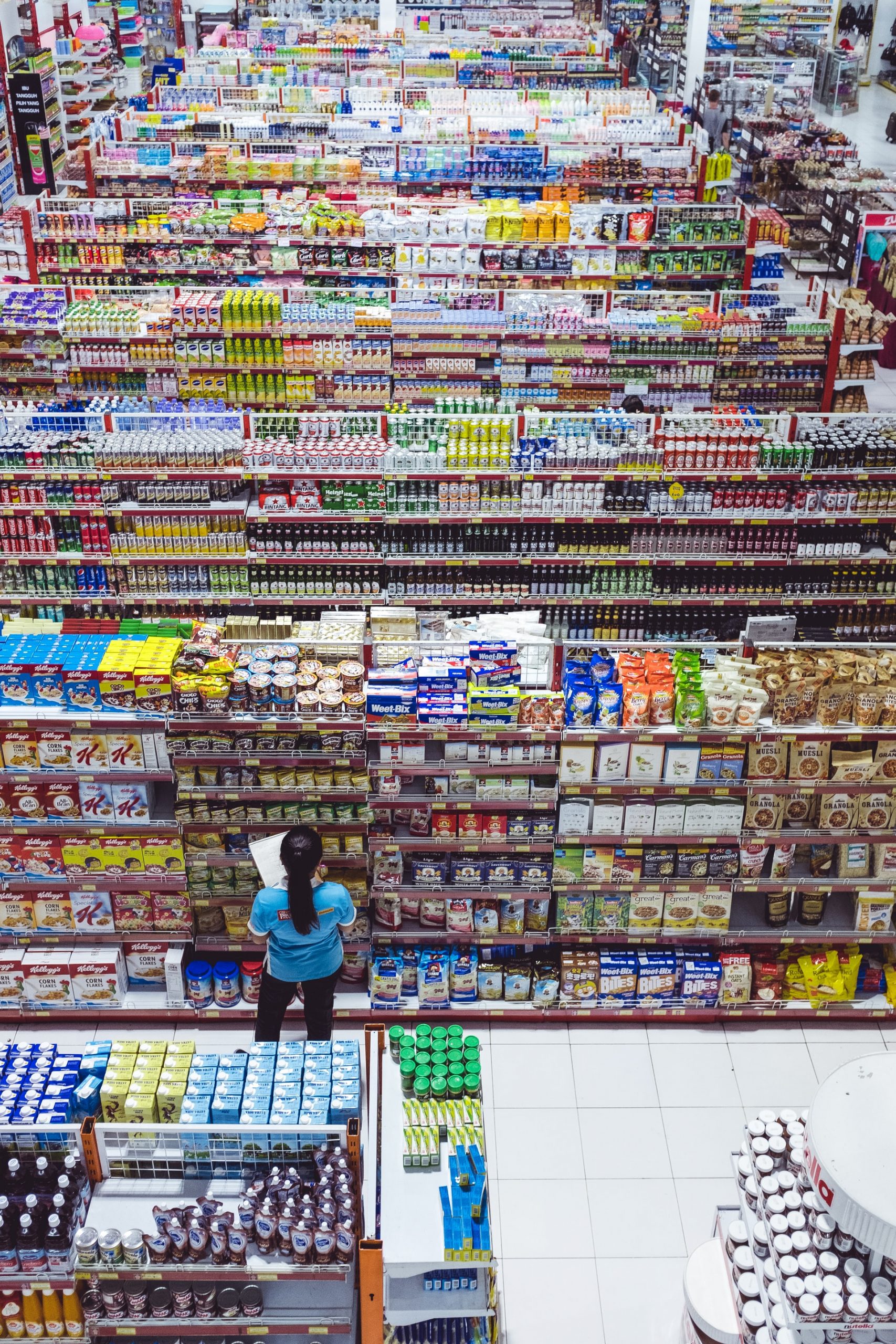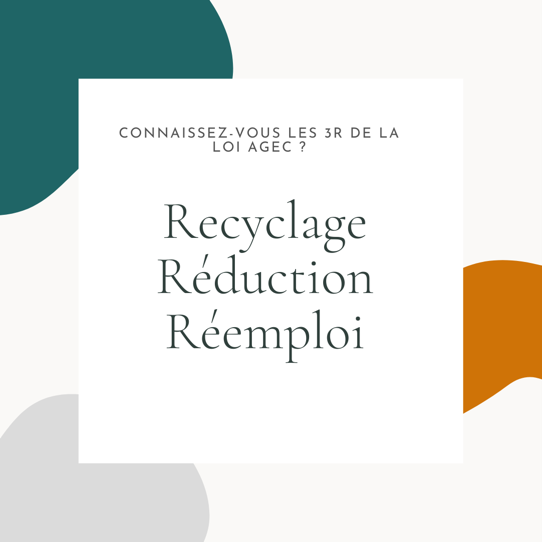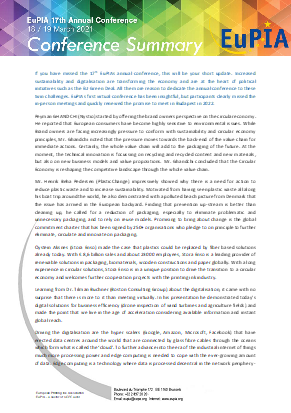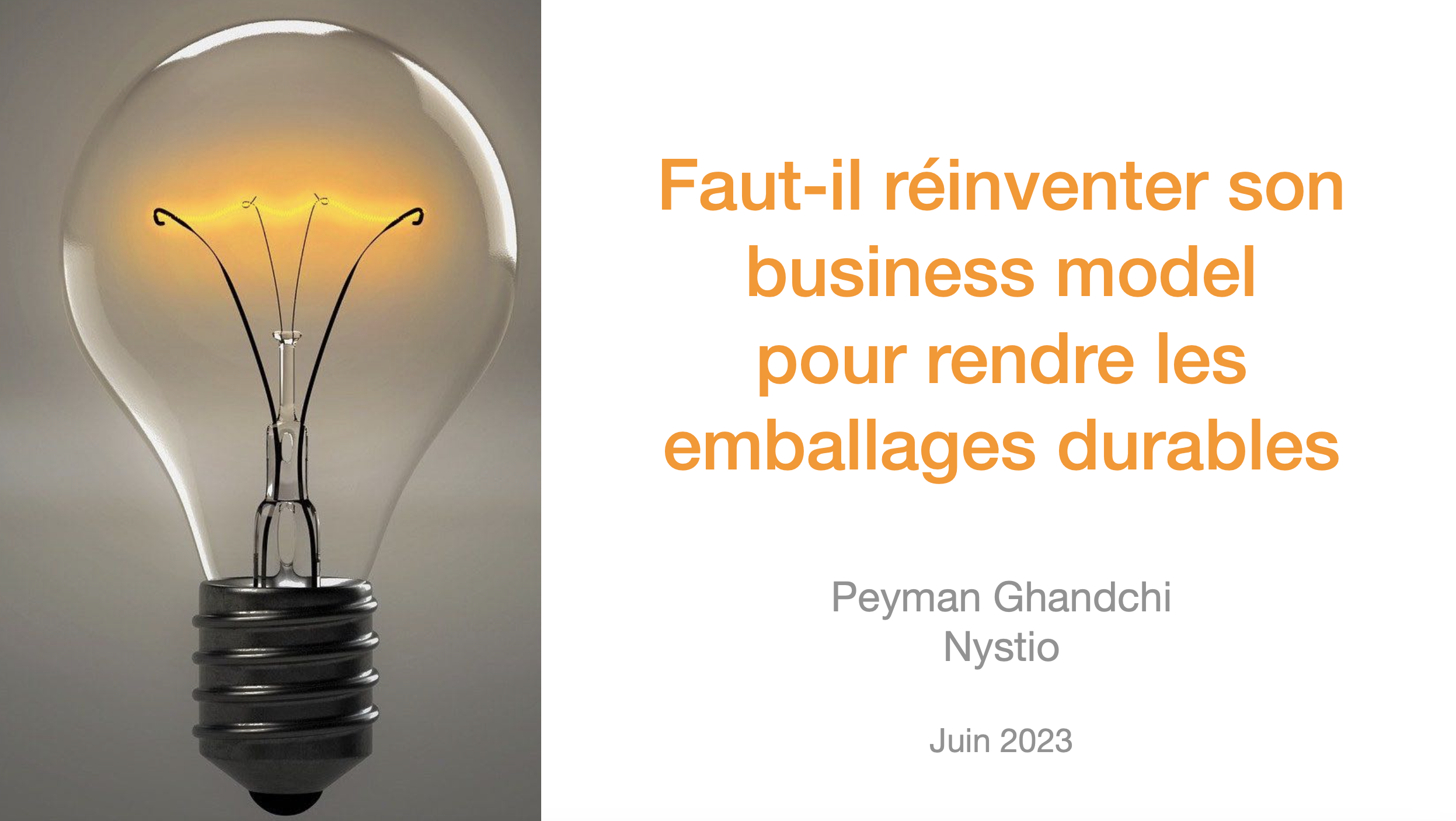One of the biggest challenges of any brand is to create connection points with consumers. The fast moving consumer goods (FMCG) segment is no exception to this. A lot of efforts are deployed in-store to innovate in this area. Among others, the point of sale (POS) is certainly one of the most exciting and yet difficult to consider. The key question is how to turn a consumer into a buyer in a few seconds? I’m not referring to the merchandising techniques or the famous 4Ps, but rather to the factors that enhance unplanned purchase, also known as impulse purchase. This is typically the case when consumers buy articles that were not initially on their shopping list. In order to illustrate this, let’s consider an extreme case: Imagine you went on a trip. Once arrived to your destination, you realise that your luggage is lost. So you rush to a grocery store to buy a series of commodity personal stuff. This is when difficulties start. You don’t speak the language of that country and are unable to read information on the packaging. What do you do then? well, you rely on your senses, emotions and past experience to guide you in your choice. In other words, even if you are looking to satisfy a basic need, your choice will be principally emotion-driven. Although this is an extreme case, but it shows the importance of innovation in creating connection with consumers at the point of sale. In the FMCG, a lot of data suggest that more than half of sales are unplanned.
What is the first moment of truth (FMOT)?
Decades ago P&G defined the first moment of truth (FMOT) as part of the consumer experience. FMOT corresponds to the first few seconds during which a product can convince a consumer to convert to a buyer. With this regard, when it comes to the consumer packaged goods, packaging is one of the drivers of FMOT.
Packaging availability in the shelf
First of all, for a packaged product to meet FMOT considerations, it needs to be available in the shelf. It’s sounds simple and obvious, but if the replenishment is not optimised, then an empty shelf will not enhance an impulse purchase.
Packaging to stand out in shelf
Next, the packaged good needs to stand out in shelf. Competition is hard and consumers usually have their preferences. The product visibility happens very often through different techniques: shape, structure and colours of the packaging, the simplicity and impact of the graphic design, the accurate use of a shelf ready packaging, and most importantly, the synergy between all of these elements etc.
Role of digital in impulse purchase
In the recent years, the digital has become one of the enhancers of FMOT. Although under developed at the moment, there is a wide range of opportunities to explore. Imagine you pass by a packaged good which can interact with your smartphone to share information about the product, consumers’ feedbacks and ratings, recipe suggestions, in- store click and collect at the check out point, quick identification of products according to your diet, direct payment possibilities at shelf etc. Technology wise, there are multiple digital solutions that enable brands to engage and interact with consumers at POS: QR- code, RFID, NFC and augmented reality (AR). Each of these technologies have a different usage but ultimately contribute to an engaging consumer experience.
Success in the impulse purchase
As usual, when it comes to the POS and FMOT, the problem is less about how, but rather why and what. Success in the impulse purchase requires thorough strategic thinking and planning by brand owners. Consumers don’t look at a packaged good as bits and pieces, but as a whole, therefore it’s vital that a synergistic approach between all the aspects of the packaged good be defined and well executed.











